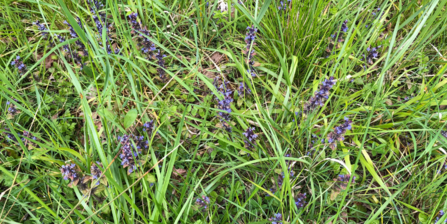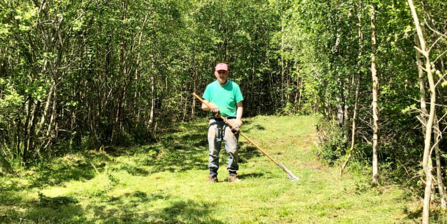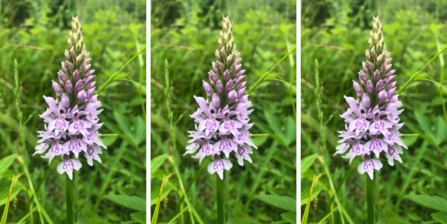June has arrived. With long hours of daylight, and following many a week of rain, Finemere Wood is lush, green and thick with vegetation. Flowers are bursting into full bloom; butterflies, dragonflies and damselflies are emerging; and the volunteers are back in force.
Covid restrictions in the wood have been relaxed, and once again the whole team can gather. It is a joyous occasion, despite the persisting Covid rule of no cake.




